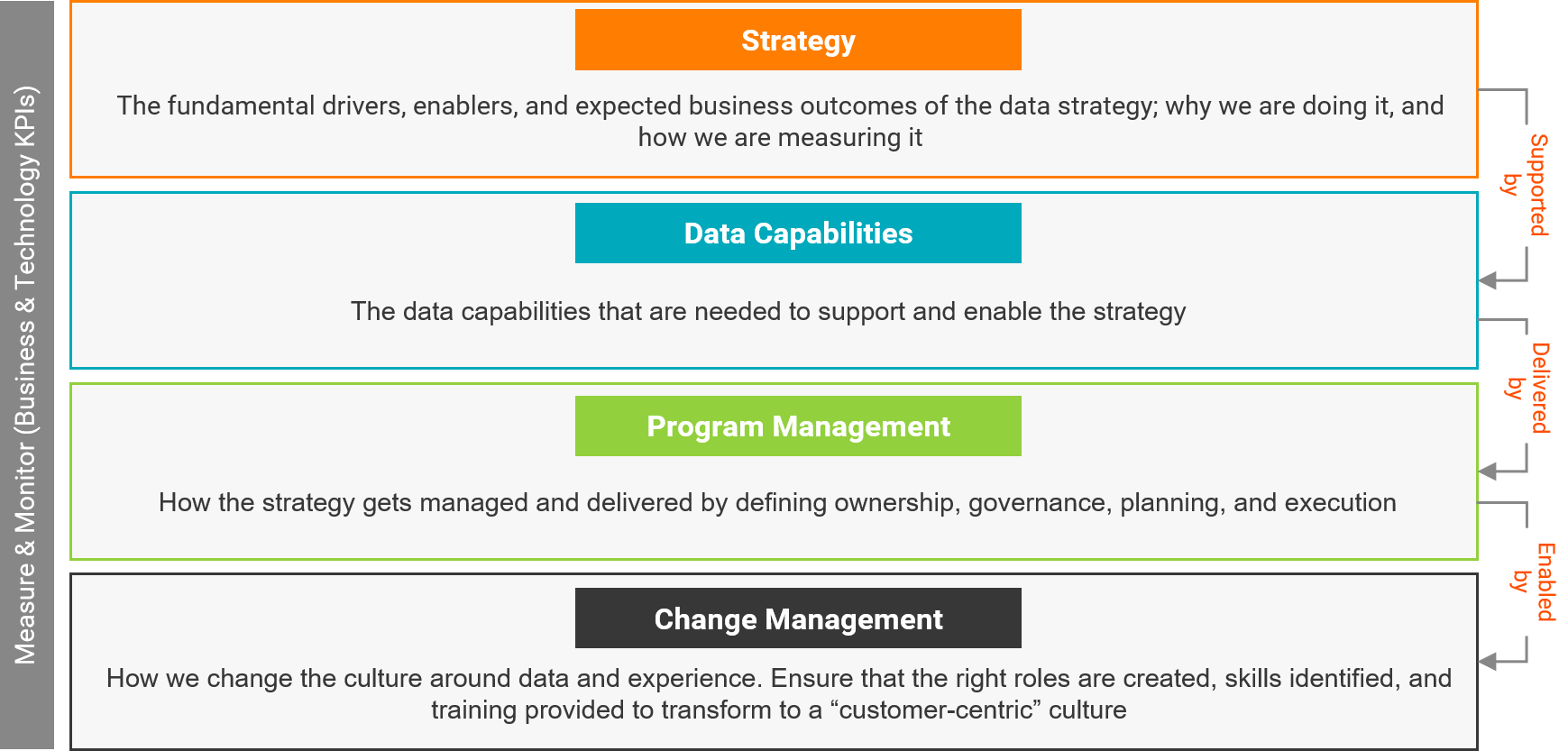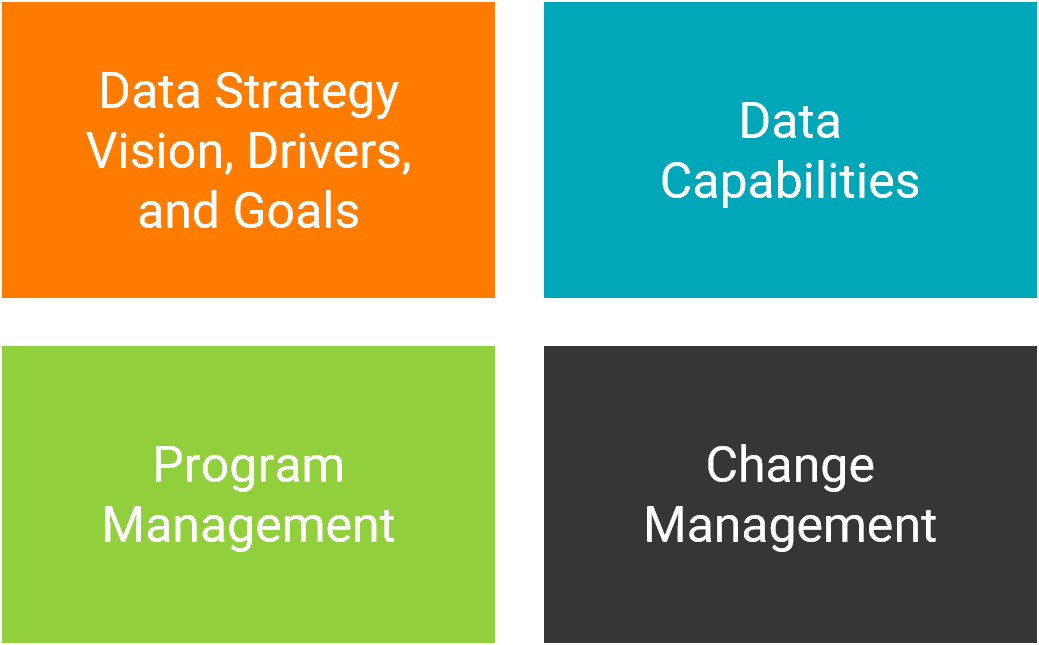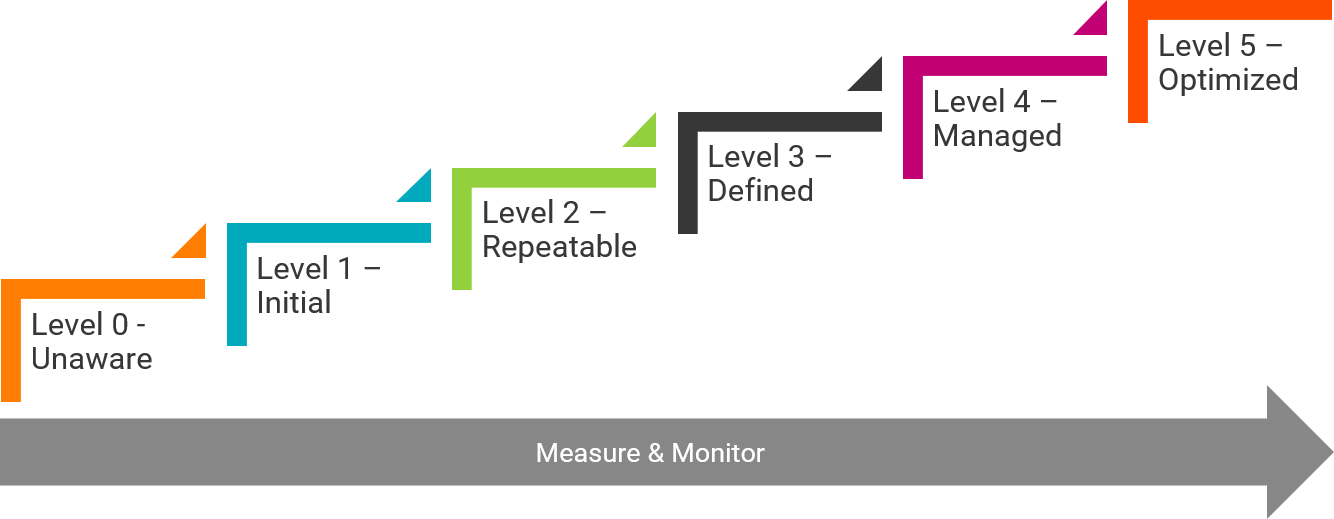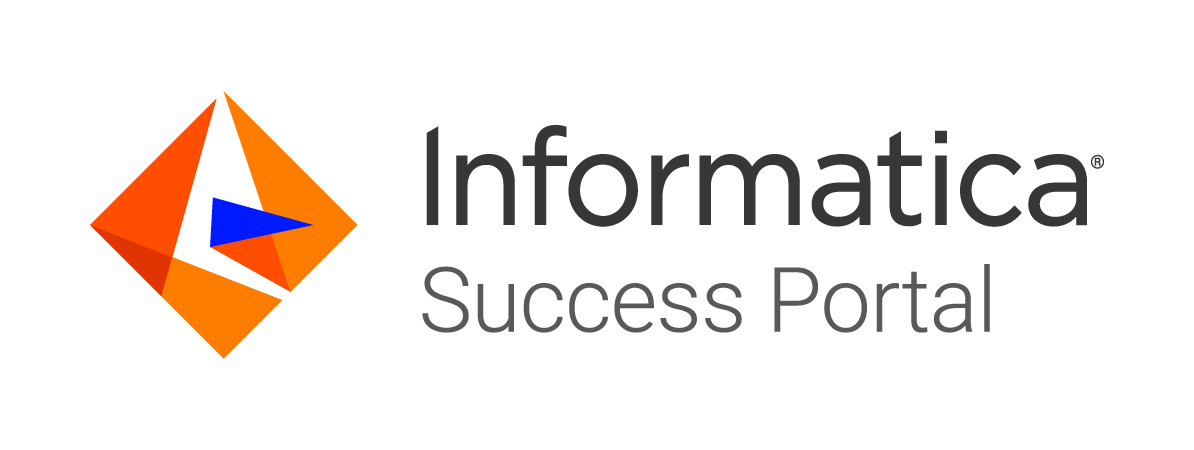-
Manage your Success Plans and Engagements, gain key insights into your implementation journey, and collaborate with your CSMsSuccessAccelerate your Purchase to Value by engaging with Informatica for Customer SuccessAll your Engagements at one place
-
A collaborative platform to connect and grow with like-minded Informaticans across the globeCommunitiesConnect and collaborate with Informatica experts and championsHave a question? Start a Discussion and get immediate answers you are looking forCustomer-organized groups that meet online and in-person. Join today to network, share ideas, and get tips on how to get the most out of Informatica
-
Troubleshooting documents, product guides, how to videos, best practices, and moreKnowledge CenterOne-stop self-service portal for solutions, FAQs, Whitepapers, How Tos, Videos, and moreVideo channel for step-by-step instructions to use our products, best practices, troubleshooting tips, and much moreInformation library of the latest product documentsBest practices and use cases from the Implementation team
-
Rich resources to help you leverage full capabilities of our productsLearnRole-based training programs for the best ROIGet certified on Informatica products. Free, Foundation, or ProfessionalFree and unlimited modules based on your expertise level and journeySelf-guided, intuitive experience platform for outcome-focused product capabilities and use cases
-
Library of content to help you leverage the best of Informatica productsResourcesMost popular webinars on product architecture, best practices, and moreProduct Availability Matrix statements of Informatica productsMonthly support newsletterInformatica Support Guide and Statements, Quick Start Guides, and Cloud Product Description ScheduleEnd of Life statements of Informatica productsMonitor the status of your Informatica services across regions
How Robust is Your Data Strategy?
Without a robust Data Strategy, the implementation of data capabilities can be challenging and costly. This can be mitigated by adopting a structured approach with a key goal of defining measurable success.
In order to successfully align with and support business objectives and initiatives toward being a data-driven organization, assess your data strategy to evaluate your current data management and governance landscape.
Informatica’s Data Strategy Framework can be used to identify the data capabilities required to execute a data strategy. Undertaking a subsequent data strategy assessment can highlight where you are, what you have, and determine where you need to be to ensure have a robust roadmap and plan for implementation.
Informatica’s Data Strategy Framework

Data Strategy Assessment
A data strategy assessment will provide a robust view of your current data strategy, providing recommendations for the road to success for your data and business goals.
Informatica’s data strategy assessment phase includes a discussion surrounding the four strategic pillars including data platform readiness and how our platform and services can support a modern, robust data-driven approach.
Informatica’s Data Strategy Assessment Pillars

Data Management Maturity
Data management establishes and executes the roles, responsibilities, policies, and procedures pertaining to the acquisition, maintenance, dissemination, and disposition of data.
By proposing five levels of maturity for each of the processes and capabilities it identifies (e.g., initial, repeatable, defined, managed, and optimized), Informatica’s data strategy assessment can define the fundamental business processes and specific capabilities necessary for the management of your data assets.
Data Strategy Maturity Model

The expected outcomes following a data strategy assessment include:
- Clarity of your current state and rationale for a data strategy to support your business objectives, including challenges and opportunities
- Recommendations of how the data strategy aligns to business goals with required data capabilities and a roadmap towards implementation
- A clear call to action for leadership
